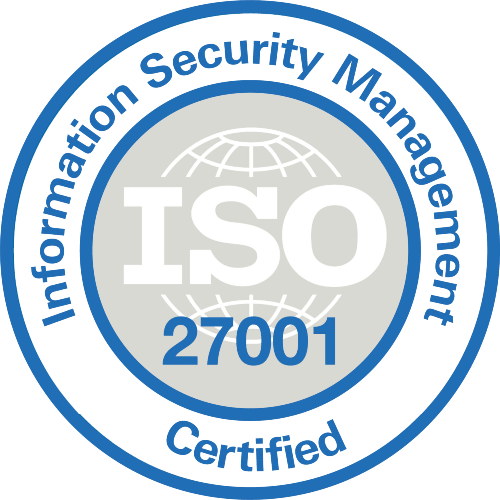In an era where data privacy concerns are at the forefront of public discourse, businesses are navigating a complex landscape of regulations and consumer expectations. Among the tools employed to address these concerns is the Consent Management Platform (CMP). But what exactly is a CMP, and how doesit impact businesses and consumers alike? Let's delve into the world of CMPs, exploring their pros and cons, along with some frequently asked questions.
A Consent Management Platform (CMP) is a crucial tool for businesses and organizations to manage user consent related to data privacy and compliance with regulations like the General DataProtection Regulation (GDPR), the California Consumer Privacy Act(CCPA) and other legislations that are likely to come into effect across the globe. Let’s dive into what a CMP is.
What Does a CMP Do?
A CMP serves as a central hub for handling user consent preferences regarding data collection, tracking, and personalize dadvertising. Here are its primary functions:
- Consent Collection: CMPs present users with clear and granular consent options, allowing them to choose which data processing activities they agree to.
- Cookie Management: CMPs manage cookies and other tracking technologies on websites. Users can accept or reject specific cookies based on their preferences.
- Transparency: CMPs provide transparency by informing users about data practices, purposes, and third-party data sharing.
- Record Keeping: CMPs maintain records of user consents, ensuring compliance with legal requirements.
Pros of Using a CMP:
1. Compliance:
- CMPs help organizations comply with privacy regulations by obtaining informed consent from users.
- Avoid hefty fines and legal repercussions by implementing a robust CMP.
2. User Trust:
- Transparent consent processes build trust with users.
- Users appreciate clear communication about data practices.
3. Customization:
- CMPs allow customization of consent banners and messages.
- Tailor consent requests to match your brand’s tone and style.
4. Efficiency:
- Streamline consent management across websites and apps.
- Centralize consent data for easy auditing and reporting.
5. Data Governance:
- CMP soften include features for documenting consent records, facilitating audits, and demonstrating compliance with regulatory requirements.
6. Risk Mitigation
- By implementing robust consent management practices, businesses can mitigate the risk of fines, legal actions, and reputational damage associated with non-compliance.
Cons of Using a CMP:
1. User Experience:
- Consent pop-ups can be intrusive and disrupt user browsing.
- Balancing compliance with a seamless user experience is challenging.
2. Complexity:
- Implementing a CMP involves technical integration and ongoing maintenance.
- Ensuring compatibility with various platforms and browsers can be complex.
3. Consent Fatigue:
- Users encounter consent requests on multiple websites, leading to consent fatigue.
- Frequent pop-ups may annoy users and impact engagement.
4. Limited Control:
- Some CMPs rely on third-party vendors, limiting control over data processing.
- Choose a CMP that aligns with your organization’s privacy principles.
FAQs about CMPs:
1. Do I Need a CMP?
- If your website collects user data or uses cookies, a CMP is essential.
- Compliance with privacy laws requires informed consent.
2. Can I Customize theConsent Banner?
- Yes, most CMPs allow customization of consent banners.
- Design them to match your website’s aesthetics.
3. How Often Should IAsk for Consent?
- Balance compliance with user experience.
- Avoid excessive pop-ups; consider session-based consent.
4. What Happens if UsersReject Consent?
- Respect user choices.
- Limit data processing based on their preferences.
In conclusion, Consent Management Platforms serve as essential tools for businesses seeking to navigate the complex terrain of data privacy regulations while maintaining trust and transparency with their customers. While they come with challenges, the benefits of implementing a robust CMP far outweigh the drawbacks, ultimately contributing to a more ethical and responsible approach to data processing.













